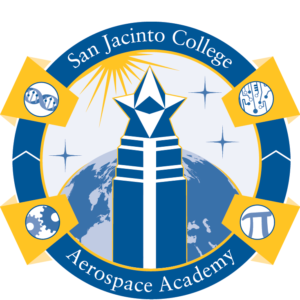Creating high-quality learning opportunities are crucial to preparing students for the demands of the 21st-century economy.
According to the U.S. Chamber of Commerce (Ferguson, 2022), in 2023, the United States will experience a significant gap in its workforce, with over 3.3 million workers missing from labor force participation rates and 4.3 million more job openings than unemployed workers. This raises the question about how U.S. higher education institutions can better develop meaningful connections that seamlessly guide students from high school to college and into the workforce.
Today’s scholars need opportunities to dream big and plan for successful futures.
This is only possible when they are exposed to a wide array of career possibilities. Often, they are only familiar with commonly seen occupations such as nurses, teachers, and police officers. However, helping students gain awareness of less mainstream careers like petroleum engineering or instructional technology offers a different perspective and potential pathway for further exploration. Exposure to diverse options helps students discover their interests and passions, enabling them to make informed decisions about their educational and career paths.

Sometimes, a learner’s lack of awareness could be due to a gap in the education. For example, a study conducted in 2019 by MGT for San Jacinto College in Houston revealed a significant demand for a well-prepared regional workforce in the aerospace and aviation industry due to a gap of over 1,803 jobs. These findings spurred the college to create the Houston Spaceport Training and Leadership Institute.
Similarly, a gap in mechanical, industrial, and civil engineering jobs in North Carolina prompted Appalachian State University to focus recruitment efforts on these in-demand engineering specialties and strengthen their industry partnerships.
Many institutions also miss opportunities to present their offerings in a student-centric manner. Instead of simply stating the degree requirements, MGT’s client, The University of Georgia, uses a catalog system to ask students about their interests to help them navigate and develop clear roadmaps to achieve aligned career paths. This student-centered approach is another excellent example of how colleges and universities can foster conversations about career pathways.
Investing in developing high-quality learning opportunities and competitive options for students benefits both individuals and society. These opportunities equip students with the necessary tools for success, enhances the competitiveness of institutions, and contributes to the community’s overall prosperity. When creating these opportunities, seeking guidance from a nationally engaged team of education consultants can be immensely valuable. MGT has the tools and resources to identify occupational gaps, assess feasibility, review program offerings, and more to help ensure student and institution success.
To learn more, contact us today to meet with our team.
- Ferguson, S. (2022, February 7). Understanding America’s Labor Shortage. Www.uschamber.com. https://www.uschamber.com/workforce/understanding-americas-labor-shortage

